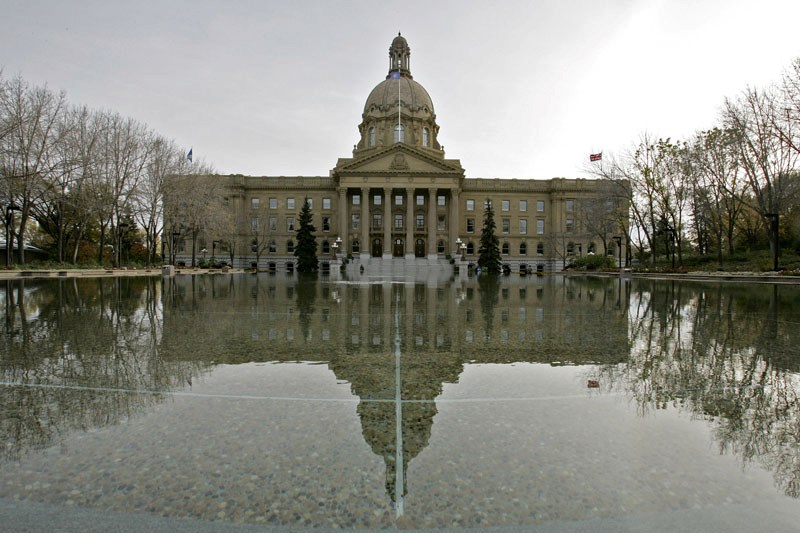Transgender people are four-times more likely to experience gender-based violence and a professor at MacEwan University is concerned about the lack of inclusion with the Alberta government’s 10-year Strategy to End Gender-Based Violence.
J.J. Wright, assistant professor of sociology and gender studies at MacEwan University, says it is very concerning that the government didn’t include LGBTQ+ people in their recent action plan released last week.
“It’s really important to centre those who are most impacted by sexual and gender-based in legislation, so for there not to have been more space taken up to address this very marginalized group and the violence their facing, that is an erasure.”
The gender-based violence page on the Government of Alberta’s website does note that LGBTQ+ are more likely to experience gender-based violence, but the action plan only mentions LGBTQ people six times, one of which is simply a definition.
Wright also notes how concerning it is that Two-Spirit people are differentiated from the LGBTQ+ community and sees the lack of representation as another way of dismissing the needs of the 2SLGBTQ+ community, as the government has done previously with the Fairness and Safety In Sport Act and banning hormone therapy for those under 18.
“This speaks to the way the government is diminishing the ability for 2SLGBTQ+ community to thrive right now.”
The Herald reached out to Tanya Fir, minister of Arts, Culture, and Status of Women, for an interview. Fir declined but provided a statement saying the 10-year plan does include 2SLGBTQ+ people.
“Alberta’s 10-year Strategy to End Gender-Based Violence and include actions designed to support all communities at risk, including the LGBTQ+ community, regardless of gender identity,” it says. “We continue to work closely with community organizations including those serving LBTQ+ Albertans to ensure their concerns and experiences are heard and reflected in our strategy.”
Actions under Priority Two (Prevent Gender-Based Violence Before it Begins) includes exploring prevention programming for disproportionately impacted groups, including LGBTQ+ people in Alberta, and there are actions for Two-Spirit people under Indigenous sections of the legislation. However, there is no other mention of LGBTQ+ and actions for the community in the plan.
Wright points out there are very few places in Alberta where there are shelters that are inclusive to trans people and many face violence and resistance in regular shelters.
“The 10-tear plan is supposed to address gender-based visitor all Albertan,s and so it should and actually be inclusive.”
She also notes several gaps in the legislation, including the lack of the word “sexuality.”
“All these things are listed: age, culture, religion, education, education (and) gender, (but) sexuality isn’t mentioned,” says Wright. “That, for me is just a signal right away the government is not very concerned to think about the way sexuality influences how gender-based violence happens.”
The Alberta Government has also come out with a housing benefit for those who are experiencing gender-based violence, but the person either has to apply or find a social worker to help apply for a grant, something Wright says can be especially hard in abusive relationships.
“I question whether that’s even the right approach, is a survivor not already going through enough?”
She adds that funding shelters would be more beneficial as that’s where survivors flee to when they need help.




